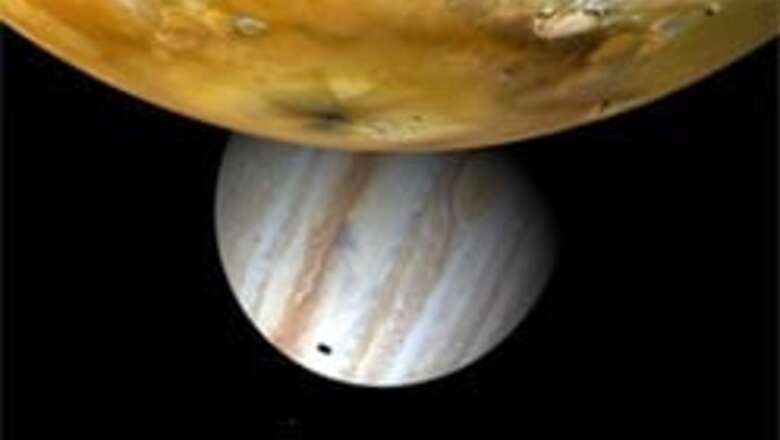
views
New Delhi: Starting Saturday people can watch a celestial wonder in the sky with as many as eight planets making appearance in a single month on different days and times across the night sky.
It’s going to be a rare opportunity as for the next ten days the five planets could be seen with the naked eye while three others can be seen using a telescope and other astronomical aids, said Planetary Society India secretary Raghunandan Kumar.
Mercury will be visible at the greatest elongation on June 2. People can spot it in western direction after sunset. On the same day two more planets—Venus and Saturn—will also appear in the sky. While mercury will make its appearance immediately after sunset towards western horizon, Venus will follow and can be seen towards area between West and North west direction followed by Saturn which would be visible above west direction near to Venus (which is very bright).
The suggested time to spot these planets is from 19.30 hours to 20.30 hours IST, after which Jupiter and Pluto can be seen. While Jupiter can be seen with the naked eye Pluto is visible using highly sophisticated instruments.
On June 6 Jupiter will be in opposition to the Sun from viewpoint on earth. At this point Sun, Earth and Jupiter will be in a straight line. Jupiter, which will rise by 18.41 hrs IST, will be brightly visible in eastern sky.
Raghunandan said that one can spot Neptune, Uranus and Mars on June 3 after 300 hours IST. Neptune will be visible above south-east direction, Uranus can be seen between East and south east direction and Mars above east direction.
He pointed out that not many people knew how to differentiate between a star and a planet and said that planets do not have light of their own but reflect the light from the Sun. When seen in the night sky they do not twinkle. Importantly planets are found on ecliptic (suns path across the sky), stars however are luminous bodies and like sun produce their own light. Hence when seen from earth they twinkle.
Presently as announced by the International Astronomical Union there are eight planets and three dwarf planets. It is said that future discoveries 11 more dwarf planets are likely to be added. He urged people to generate more interest and ensure their children and family members watch the skies. The society proposes to start a Childrens Educational Astronomy Centre in which all schools interested can join and utilise the services of the Society.
With inputs from PTI














Comments
0 comment